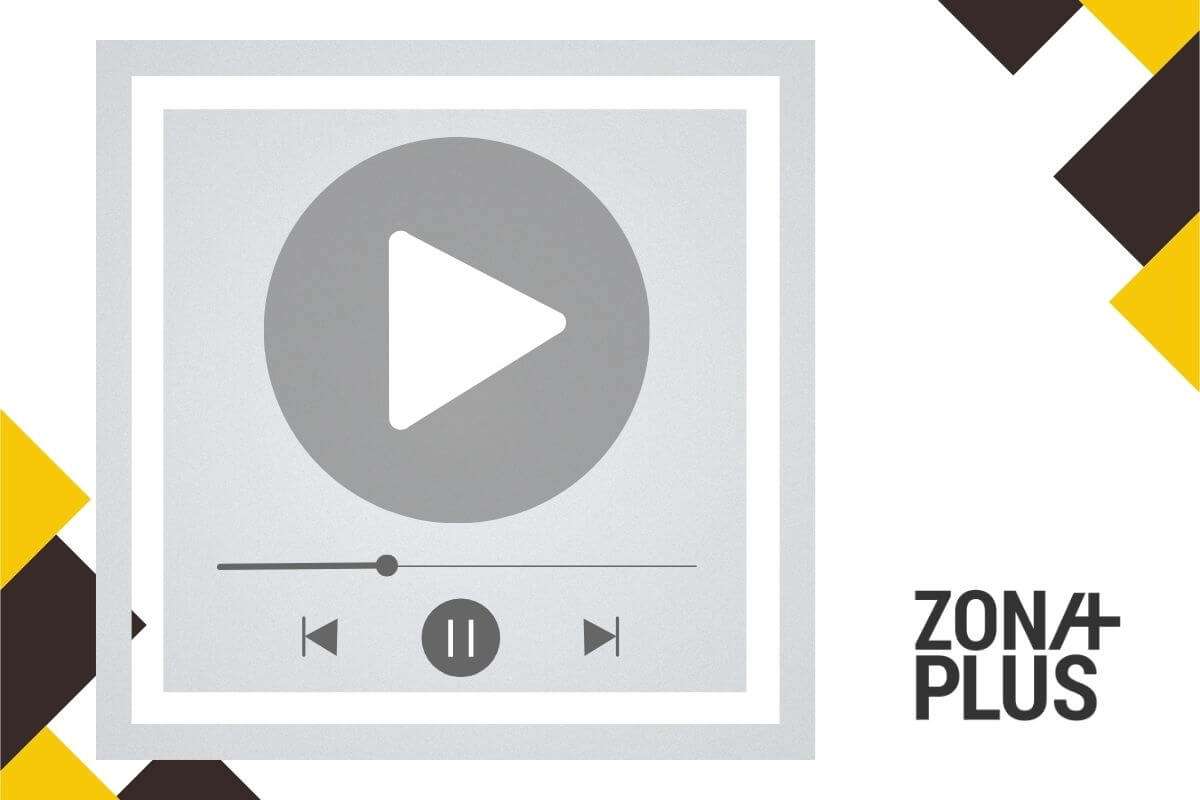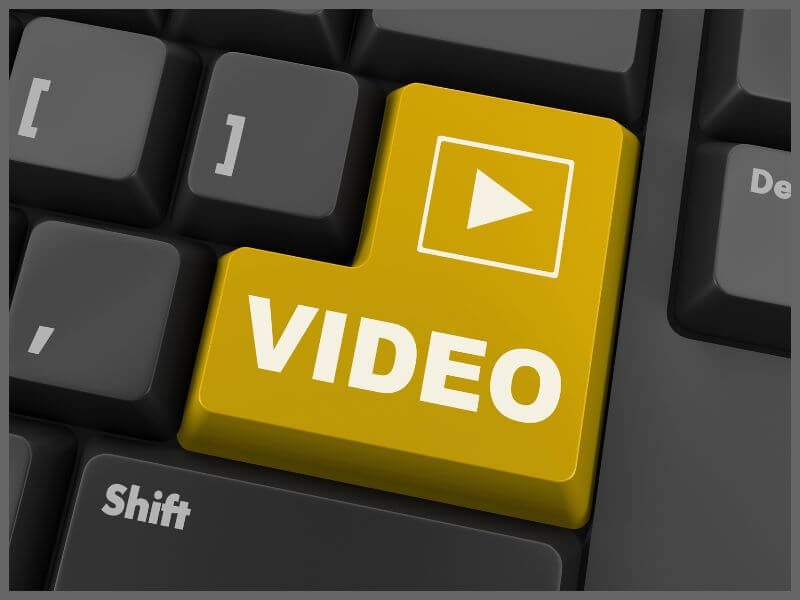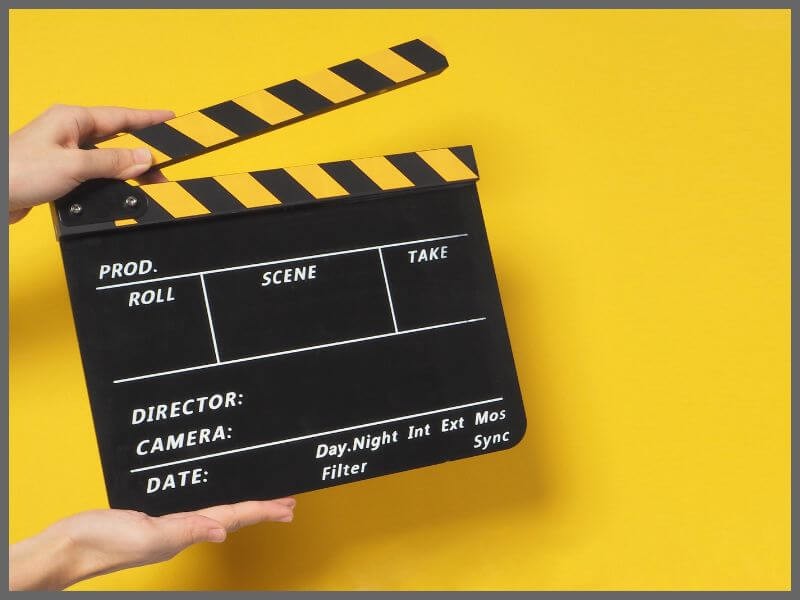
Every day we see hundreds of messages and ads. But video… It has a special power. People naturally react to movement, voice, and emotion. If you want to be remembered, taken seriously, and to make people want to know more about you – video is one of the most effective ways to do it. Video is also no longer reserved for big companies and their big budgets, but for anyone who has a clear message and wants to communicate it smartly.
When we say “video content,” many people first think of classic TV commercials.
But video means something entirely different.
These are videos that people watch on their phones, on social media (Facebook, Instagram, TikTok, YouTube…), on websites, in newsletters, and even in messages.
Unlike expensive studio-produced commercials, videos for these digital channels don’t need to be perfect. They won’t be aired on prime-time TV. It’s enough to clearly and simply show what you offer, who it helps, and why you’re a good choice.
It’s communication in motion. And that’s exactly why it comes in many forms.
Depending on what you want to achieve and who you are addressing, video can be:
The video doesn’t have to be perfect, but it must be honest and useful.
People will forgive bad lighting, but not boredom.

The first 3 to 5 seconds of a video determine whether the viewer will keep watching or scroll on.
That’s why every video should start with something we call a hook.
It’s that “something” that immediately grabs attention.
And it can be:
Without a hook, the video ends up in the same pile as all the other content people skip every day.
That’s why video has an advantage over regular posts because:
It grabs attention
Movement and sound automatically stop the scrolling. A video with a strong opening and clean visuals will hold the viewer for at least those crucial first 5 seconds. That’s enough for the message to start working.
It holds focus longer
If the viewer gets “hooked” at the beginning, they’re likely to stay until the end. That’s why shorter formats (30–90 seconds) often perform better, especially on social media.
It conveys emotion
Voice, expression, tone, rhythm – all of that builds an impression. Emotions are remembered more than information.
It builds trust
When people see real people, hear their tone, and see how they speak – they feel closer to the person addressing them. Video turns an unknown brand into a familiar face.
It encourages engagement
Comments, messages, shares, and saves – these are all reactions that happen more often with video content than with regular posts.
It’s more memorable
According to research, people remember 95% of a message when they see it in a video, compared to 10% when they read it in text.
Video content drives engagement, and here’s the proof:
All of this leads to one important thing: More people notice you, remember you, trust you – and are more likely to get in touch.
Google favors websites that use video. And not only that – if you have a video on your website, users stay there longer, and Google recognizes that as a sign your content is useful. The result is that it ranks you higher in search results. That means more visitors and more traffic.
Video posts are more often shared, commented on, and liked than images or text-only statuses. Social media platform algorithms give priority to video content. Video gives you greater visibility and reach.
When people see your face, hear your voice, and recognize the way you speak, they’ll remember it. Your face in a video builds trust. Once people connect with you through video, they’re more likely to remember you when they need what you offer.
Video shows that you stand behind what you do. When you explain something in your own words, show an example, demonstrate a service, or let others see you in action, it feels honest and convincing. People like to know who they’re dealing with. When they see and hear you, the impression is more personal, warmer, and more credible. And that often makes the difference in the decision-making phase.
A good video doesn’t leave the viewer passive. It leads to a next step: a message, an inquiry, a subscription, or a purchase. Especially if you clearly say at the end what you want – in a simple way. For example: “If you have the same question – send us a message.” or “Check out the offer on our website.” Video content often isn’t what sells right away, but it is what opens the door and encourages the first contact.

If you’re thinking “great, but how do I actually do this?”, you’re not alone. Many entrepreneurs stop there because it all seems too complicated.
In fact, video can be made simply – if you approach it with meaning and a good plan. Here’s how to avoid wasting time and losing viewers:
Know who you’re talking to
It’s not the same if you’re speaking to a tradesperson who’s out all day, a parent barely making it through the day, young people who decide quickly, or a manager who has no patience for a three-minute intro. When you know exactly who you’re talking to, you’ll know what language to use, which examples to choose, and what to focus on.
Keep sentences simple
Forget “elevator pitches” and stiff wording. Video isn’t a pitch for a grant – it’s a chance to speak like a real person about what you know. Talk as if you’re meeting someone for the first time and want them to take you seriously. Clear, human, without too much formality.
Grab attention right away
The first 3 to 5 seconds decide whether the viewer will stay or move on. There’s no room for filler here. That’s why it’s important to “hit the point” immediately – that’s called a hook. It can be a question (“You have a product, but no one knows about it?”), a provocative statement (“The most common mistake small businesses make is…”), or a scene that triggers emotion (a tired business owner, an empty store, a phone with zero messages). The hook should trigger a reaction: “That’s me” or “This sounds interesting.” If you don’t achieve that right away – it’s hard to get them back.
Use real examples from your practice
People know when someone is “talking from a book” and when it’s coming from real experience. Instead of describing what you do, show it through an example. If you helped a client increase sales after adding video, say that. If you shot a five-video series on a minimal budget that brought in ten new inquiries – say that. Examples build trust.
Be short and clear
Longer doesn’t mean better. Today users decide everything on the go. If you don’t give them enough reason to stay, they won’t. The recommendation is that videos last between 30 and 90 seconds, unless it’s an educational format where the viewer wants to invest more time. As a rule, it’s better to have three short videos covering different topics than one long one trying to do everything at once.
Include a call to action (CTA)
Don’t end the video with “well, that’s it.” Tell people what they can do after watching. It doesn’t have to be aggressive – a simple sentence is enough, such as:
A good CTA doesn’t “push,” it invites. It gives the next logical step. The viewer is already there – now they just need a small sign showing where to go next.

Video works.
Video is no longer a “maybe I’ll do it someday.” It’s become the primary way to introduce yourself, tell your story, and stay in people’s minds.
If you’ve made it to the end of this text, you probably already understand why you need to start using (and making) video content.
And you don’t need to know everything. It’s enough to have the willingness to say something. We’ll help you tell it the right way.
Interested in what this could look like for your business? Contact us – let’s see what we can create together.